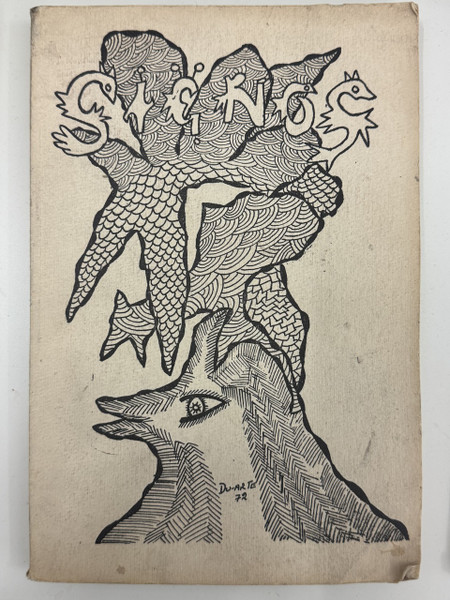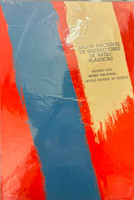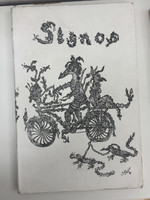- Travel
-
Exhibits
- La Portada Cubana
- Immortal Cuba: Artists Take on Their Heroes
- Seattle Poster Exhibit
- Sandra Dooley & Alejandrina Cué
- The Art of Wayacón
- Cuban Folk Art
- Cuba In Black And White
- 25 Years of Cuban Art Space
- Summer Folk Art Expo
- ¡SPRING AWAKENING FROM CUBA!
- Celebrating The Art Of Cuban Women
- Celebrating Paper, Affordable Art from Cuba
- Art of the Revolution
- Outsider Art
- Lost and Found
- En la lucha: Celebrating Cuban Women and Their Art
- Cuban Art Stash
- 100 Fires: 5 Cienfuegos Artists' Work on Paper
- Waya + Monte! Magic Realism in Cienfuegos
- Viva Cuba Viva! Poster Show
- Cultivando Sueños
- Black Lives Matter in Cuba Jan 9-March 27
- Leandro Soto: Crónicas visuales
- Cuban Canvas
-
Archive
- Global Reflection 2018: Spirit and Community
- Exhibit in the cloud: Contemporary Works on Paper
- MADE IN CUBA! MINNEAPOLIS EXHIBIT
- Cuban Posters and Photography from CCS collection
- AUTUMN SALE! Sept/Oct 2017
- SPRING ARTS AND CRAFT SALE
- Vuelo Directo/Non Stop: Alberto & Alejandro Lescay
- The Many Faces of Fidel
- Somos
- Made in Cuba!
- The US empire in Cuban graphics
- Made in Cuba/Seattle exhibit
- Entre Nos
- Looking Back
- Cuban Art Space
- Membership/Donate
- About Us
- Cuba News
-
SIGNOS: En la expresión de los pueblos (Signs: In the Expression of the Peoples) was a groundbreaking folklore and popular culture magazine published by Cuba's Consejo Nacional de Cultura and directed by the renowned poet, folklorist, and cultural researcher Samuel Feijóo from the Biblioteca Martí in Santa Clara, Cuba. The magazine focused on Cuban folk traditions, popular expressions, and rural culture, documenting customs, crafts, music, oral traditions, and visual arts from Cuba's countryside and working-class communities.
This September-December 1973 issue (Year 5, No. 1) was a special edition dedicated to Cuban folklore and commemorated the 20th anniversary of the Assault on the Moncada Barracks (July 26, 1953), the revolutionary action that sparked Cuba's revolutionary movement. The cover features the distinctive artwork of Benjamín Duarte, described in the magazine as "one of the most extraordinary exponents of popular draftsmen from Las Villas." Duarte was a self-taught folk artist from the rural Las Villas province whose intricate drawings combined decorative patterning with figurative imagery rooted in Cuban vernacular traditions.
The cover design showcases Duarte's signature style: a stylized figure rendered entirely through elaborate linear patterns including scales, waves, crosshatching, and geometric textures. The composition depicts a mythological or folkloric character—possibly representing popular Cuban traditions—crowned with the hand-lettered masthead "SIGNOS" drawn in a playful, organic style with bird-like flourishes. The artwork exemplifies the magazine's commitment to celebrating authentic popular artistic expression from Cuba's countryside.
SIGNOS played a crucial role in Cuban cultural history by documenting and preserving folk traditions that might otherwise have been lost, elevating rural and popular culture to the same level of importance as academic or high culture. Under Feijóo's direction, the magazine featured extensive field research, including interviews with folk artists, transcriptions of oral traditions, documentation of traditional customs, and reproductions of popular art forms. This issue includes comparative folklore studies between Cuban rural traditions and peasant culture, highlighting the magazine's scholarly yet accessible approach to preserving and celebrating Cuba's diverse cultural heritage.
-
-
Discover More at the Center for Cuban Studies







